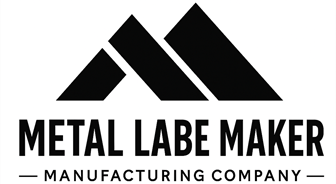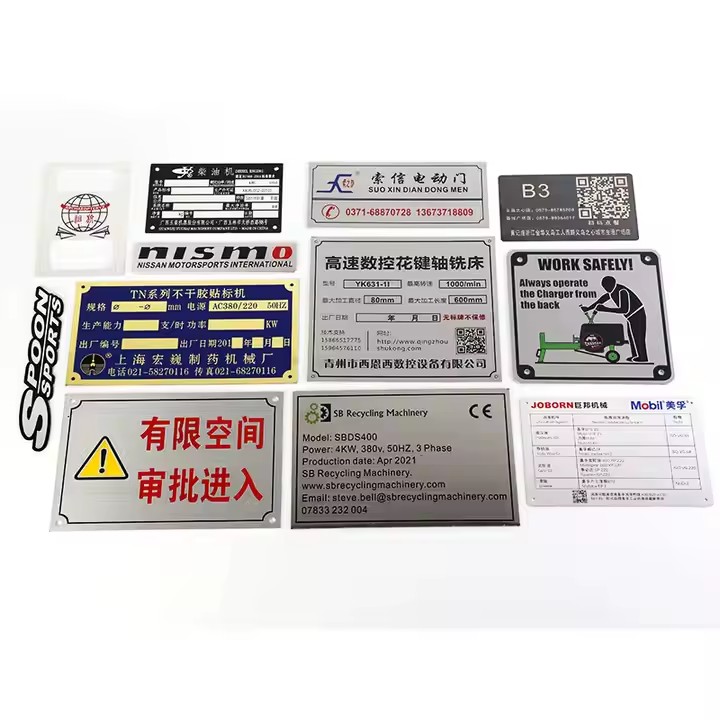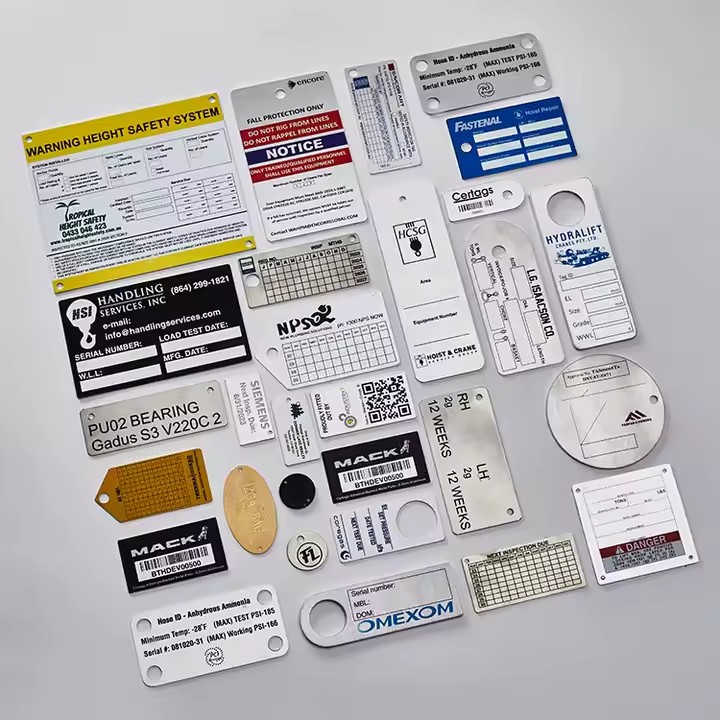Brass Labels vs Other Metal Labels: A Comprehensive Comparison
When it comes to metal labels, choosing the right material is essential to ensure durability, appearance, and functionality that align with your specific application. Brass labels, aluminum labels, stainless steel labels, and other metal labels each have distinct characteristics. This comprehensive comparison will help you understand the differences and benefits of each, enabling you to make an informed decision.
1. Material Composition and Properties
-
Brass Labels: Made primarily from an alloy of copper and zinc, brass labels are known for their warm golden color, excellent corrosion resistance, and good machinability. They combine strength with aesthetic appeal, making them ideal for decorative and branding purposes.
-
Aluminum Labels: Aluminum is a lightweight metal known for its excellent corrosion resistance and versatility. Aluminum labels are highly resistant to rust and can be anodized for added surface protection and vibrant colors.
-
Stainless Steel Labels: Stainless steel is an alloy of iron with chromium and sometimes nickel, offering outstanding strength, wear resistance, and superior corrosion resistance, especially in harsh environments.
2. Appearance and Aesthetics
-
Brass Labels: Brass has a distinctive warm, golden tone that exudes luxury and tradition. It can be polished to a high shine or given an antique finish, making it perfect for premium branding and decorative applications.
-
Aluminum Labels: Aluminum labels have a modern, silvery-gray appearance and can be colorized through anodizing or printing. They are ideal for sleek, contemporary designs.
-
Stainless Steel Labels: Stainless steel labels typically have a silver, metallic finish with a subtle sheen. They convey a professional and industrial look suitable for heavy-duty applications.
3. Durability and Environmental Resistance
-
Brass Labels: Brass is corrosion-resistant but can tarnish over time if not properly maintained. It performs well in indoor and moderately harsh outdoor conditions.
-
Aluminum Labels: Aluminum offers excellent corrosion resistance, particularly when anodized. It is lightweight and performs well outdoors, resisting rust and weathering.
-
Stainless Steel Labels: Stainless steel leads in durability, excelling in extreme environments with high corrosion resistance, heat resistance, and mechanical strength.
4. Cost Considerations
-
Brass Labels: Typically more expensive than aluminum but often less costly than premium stainless steel. The price varies based on thickness, finish, and customization.
-
Aluminum Labels: Generally the most cost-effective option, especially suitable for large volumes and applications where weight is a concern.
-
Stainless Steel Labels: Usually the most expensive due to superior strength and corrosion resistance, justified by its performance in demanding applications.
5. Common Applications
-
Brass Labels: High-end branding, luxury packaging, decorative furniture tags, nameplates for moderate environments.
-
Aluminum Labels: Electronics, appliances, industrial equipment, outdoor signage.
-
Stainless Steel Labels: Heavy machinery, marine equipment, automotive industry, environments exposed to chemicals or extreme weather.
Conclusion
Choosing between brass labels and other metal labels depends largely on your priorities—whether that’s aesthetic appeal, durability, environmental resistance, or budget. Brass labels stand out for their classic elegance and versatility, aluminum for lightweight and corrosion resistance, and stainless steel for unmatched durability in harsh conditions.
As a manufacturer and supplier specializing in custom metal labels, we offer expert advice to help you select the perfect material for your needs, ensuring your products look great and perform reliably.







